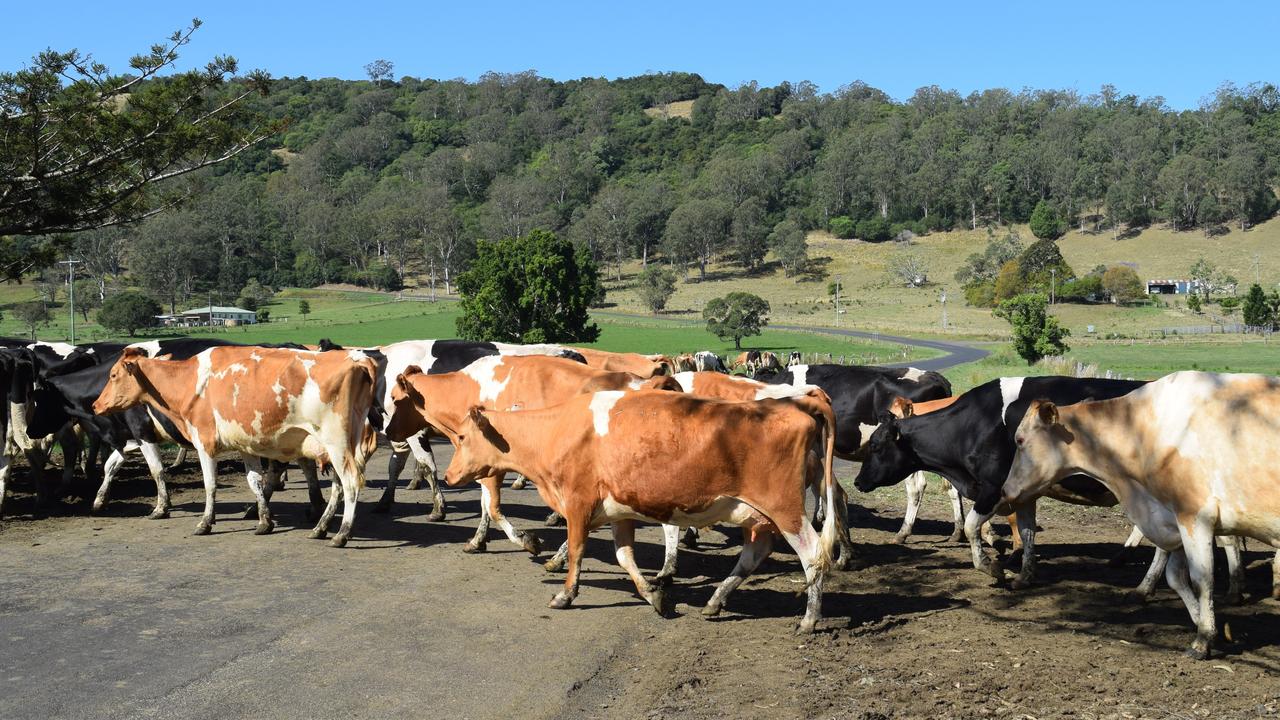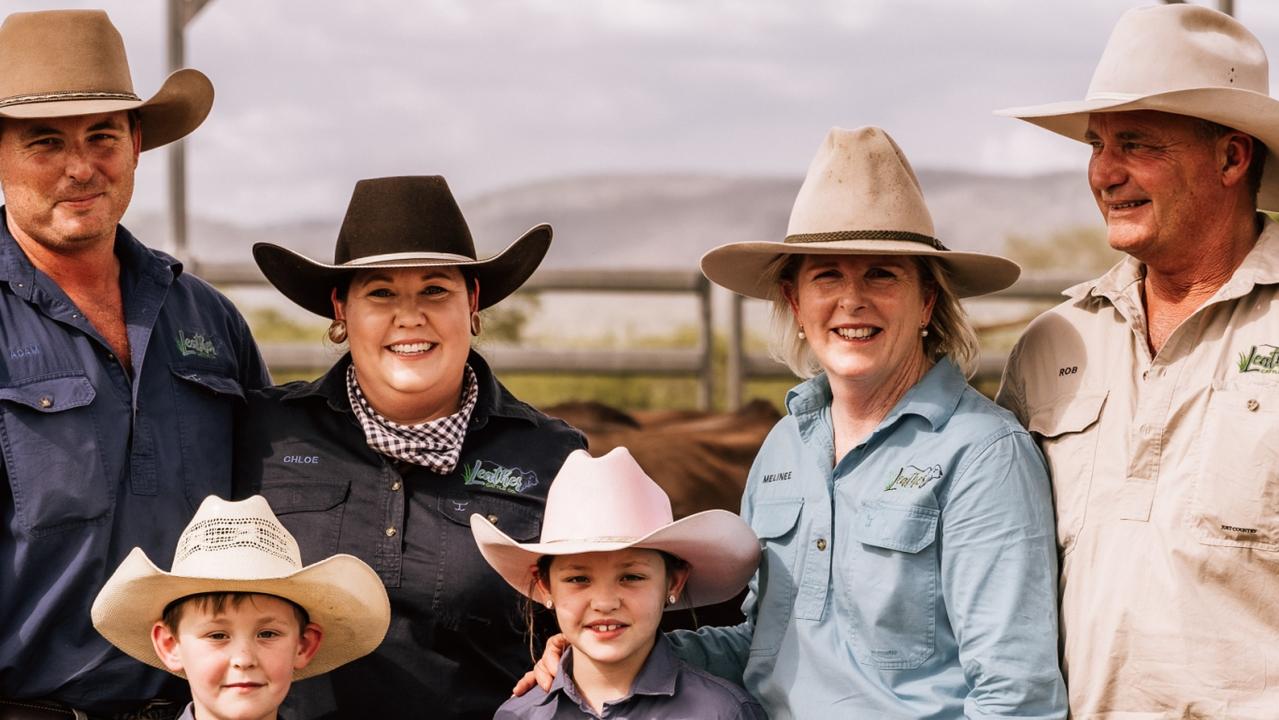Australia ice cream: Calls for improved food labelling laws
A manufacturing giant has changed its ice cream recipe as international demand for butter and milk fat soars, but leaders say consumers and farmers are worse off.

Food manufacturers are reducing the fat content of ice cream as international demand for butter and milk fat soars, farmer leaders say.
The anhydrous milk fat and butter categories on the Global Dairy Trade index have soared, with both more than 15 per cent higher than the start of the financial year.
Farmers say as a result, one of Australia’s most popular ice cream brands — Streets Blue Ribbon Classic Vanilla — was rebranded as a ‘frozen dairy dessert’ last year by manufacturer Unilever, as it contains reconstituted buttermilk and skim milk as its base product rather than cream.
Australian Dairy Farmers president Ben Bennett said dairy-style desserts pumped with sugar, flavour ‘enhancers’ and other reconstituted produce undercut the natural taste and nutritional appeal of dairy.
He said the cutting of fat content reduced manufacturer costs and flowed back to the farmgate.
“It’s a growing concern and shows that labelling rules are keeping up with the big food manufacturers,” the southwest Victorian farmer said.
“It’s the same with butter blends or butter imitations — the oil they pump into that would be better for your car or motorbike tank than human consumption.”
At 7 per cent fat and 18.5 per cent sugar, Blue Ribbon doesn’t have the lowest cream content in the ice cream section of the supermarket aisle, with a tub of Peters Original containing only 6.4 per cent fat and 22.7 per cent sugar, while Woolworths Vanilla also contains 6.4 per cent fat and 21.2 per cent sugar in what is labelled ‘reduced fat ice cream’.
The Australian Dairy Products Federation was contacted by The Weekly Times for comment.
NSW dairy farmer Graham Forbes said food labelling regulations needed to be tightened so it was clear to shoppers the difference between a dairy ‘dessert’ and a true ice cream product.
He noted many ice cream manufacturers dumped more sugar into their produce to make up for the loss of flavour created by the absence of butterfat.
“The reduction in cream in ice cream has been a problem for years but clearly it’s getting worse,” the NSW central coast farmer said.
“These fake ice cream brands have higher levels of sugar and a whole heap of additives to try to replicate the taste of ice cream, but the nutritional value and often the taste isn’t the same.
“The regulations should be stronger so the phrase ‘ice cream’ or ‘dairy dessert’ is more prominent. Shoppers don’t have the time to go looking for the label at the back — it’s all a bit sneaky but it’s not a new problem. The industry just needs to speak up about it more.”
Imported brands are increasingly eating into the market share of Australian ice cream, often with a higher sugar content than locally-produced punnets.
For instance, most varieties of American-made Ben and Jerry exceeded 25 per cent sugar, with French-produced Haagen Dazs also claiming higher sugar-content ice cream varieties than Australian-produced equivalents.





